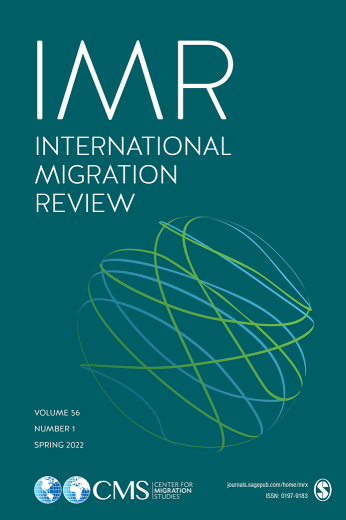Hasman, Jiří, Křížková, Ivana. 2022. „Spatial Incorporation of Multiple Immigrant Groups in Gateway Cities: Comparative Analysis of Sydney, Barcelona, and Prague“. International Migration Review. DOI: 10.1177/01979183221078017. Available from: https://journals.sagepub.com/doi/full/10.1177/01979183221078017
Immigrant incorporation in cities is often explained using the theories of spatial and segmented assimilation, which differ, among other things, in their approach to the spatial aspects of incorporation. However, empirical evidence about immigrant spatial incorporation from both theories is ambiguous, since most case studies focus on a single location and a limited number of immigrant groups, which hampers their external validity. Nonetheless, the level of immigrant spatial incorporation depends heavily on the characteristics of immigrant groups, the destination context, and the interplay between them. Therefore, we compared the spatial incorporation of 143 immigrant groups in Sydney, 54 in Barcelona, and 95 in Prague. These three cities differ greatly in their immigration histories, since each represents a different stage of the migration cycle. By employing both traditional and advanced quantitative methods, we show that immigrant spatial incorporation patterns vary considerably across groups and destination cities, with cultural proximity and the maturity of the immigration system among the key determinants. These findings imply that geographical context has a substantial potential to affect the immigrant spatial incorporation.
Department
Topics
Globalization, Identity, City and Village, Migration and Mobility, Public Policy










